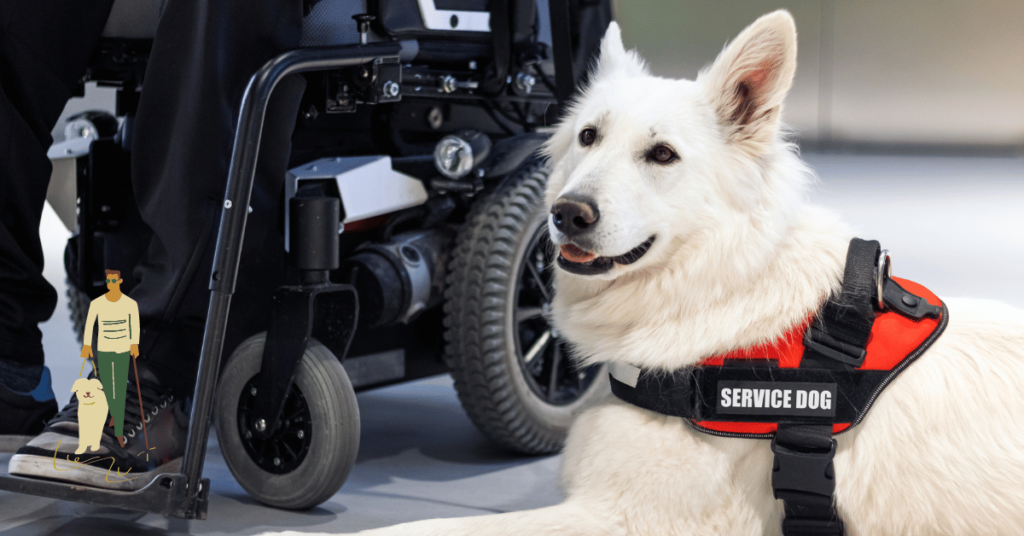If you’re the proud parent of an indoor dog, you may wonder if investing in pet insurance is necessary. After all, your furry friend stays safely inside most of the time, minimizing exposure to outdoor hazards. However, even indoor dogs can face unexpected health issues that lead to costly veterinary bills. In this article, we’ll explore why pet insurance for indoor dogs is just as important as it is for outdoor dogs, and how it can provide peace of mind for dog owners.
Why Do Indoor Dogs Need Pet Insurance?

Even though indoor dogs may not face as many dangers as outdoor dogs, they are still at risk of developing health issues or getting injured. Common accidents can happen inside the house, and certain illnesses are just as likely to affect dogs indoors as they are outdoors. Here’s why having pet insurance for an indoor dog can be a smart decision:
1. Accidental Injuries Can Happen Indoors
Just because your dog stays inside doesn’t mean accidents won’t happen. Dogs can easily swallow foreign objects, accidentally ingest harmful substances, or get hurt by household items. For example, many indoor pets are at risk of eating toxic houseplants, human medications, or certain foods that can cause serious health problems. Pet insurance can help cover the costs of treatments for these accidents, which can otherwise result in hefty veterinary bills.
2. Indoor Dogs Are Not Immune to Illness
Health conditions like diabetes, cancer, arthritis, and other chronic diseases can affect indoor dogs just as much as outdoor dogs. These illnesses often require long-term care and expensive treatments, including diagnostic tests, medications, and surgeries. Having a pet insurance plan can significantly reduce out-of-pocket expenses when dealing with such illnesses. For instance, treating cancer in dogs can easily exceed $10,000, making insurance a crucial safety net.
3. Senior Dogs Are More Prone to Health Issues
Indoor dogs tend to live longer than outdoor dogs, meaning they are more likely to develop age-related health problems. Senior dogs are at higher risk for conditions like arthritis, kidney disease, and cancer, which can be costly to manage. Pet insurance can help cover these expenses, ensuring that your dog receives the best care in its later years.
4. Preventive Care and Routine Health Checkups
Even if your dog seems perfectly healthy, regular vet visits are essential for preventive care. Routine checkups, vaccinations, dental cleanings, and flea treatments can prevent more serious health problems down the line. Many pet insurance plans offer wellness coverage as an add-on, which helps cover the cost of these preventive services.
What Is the Purpose of Pet Insurance?

Pet insurance is designed to help dog owners manage the costs of veterinary care. Whether it’s an emergency surgery or ongoing treatment for a chronic illness, pet insurance allows owners to focus on their pet’s health without worrying about the financial strain. Here are the most common types of pet insurance:
- Accident-Illness Coverage: The most comprehensive option, this plan covers both accidents and illnesses (except for pre-existing conditions).
- Accident-Only Coverage: A more affordable option that covers injuries caused by accidents but doesn’t include illness-related expenses.
- Wellness Plans: These are optional add-ons that cover routine and preventive care like vaccinations, flea treatments, and annual checkups.
Having pet insurance ensures that if your dog falls ill or gets injured, you won’t be faced with an impossible financial decision. Instead, you’ll be reimbursed for a portion of the vet bills, making it easier to provide the best care for your pet.
Common Health Risks for Indoor Dogs
While it’s true that outdoor dogs may encounter more obvious risks, indoor dogs can still face serious health challenges. Some common health issues that affect indoor dogs include:
- Foreign Object Ingestion: Dogs may accidentally swallow items like toys, socks, or even household objects, leading to digestive blockages that require surgery.
- Accidental Poisoning: Household items such as cleaning supplies, certain foods (like chocolate), and even some plants can be toxic to dogs.
- Obesity: Indoor dogs are more prone to inactivity, which can lead to obesity. Obesity in dogs is linked to a host of secondary health problems, including diabetes, arthritis, and heart disease.
- Dental Disease: Many dogs, particularly indoor pets, develop dental issues that can cause pain and infections. Regular dental care, which is often covered by wellness plans, can prevent these problems.
- Hereditary Conditions: Certain breeds are prone to hereditary conditions like hip dysplasia or heart disease, which may require expensive treatments throughout their lives.
Should I Insure My Dog Even If It’s Indoors?
Yes, it’s advisable to get pet insurance for your indoor dog. While there are no legal requirements for pet health insurance in most cases, some states may require liability coverage for certain breeds, such as Pit Bulls or Rottweilers. Even if not required, having pet insurance is a proactive way to ensure your dog’s well-being.
For renters, some landlords may require pet insurance to prevent property damage resulting from untreated medical conditions, like chewing or accidents due to anxiety. Bundling your pet insurance with renters or homeowners insurance can often save you money on both policies.
Conclusion
Indoor dogs may live in a safer environment, but they are not immune to health risks and accidents. Pet insurance offers valuable financial protection for both expected and unexpected veterinary expenses. Whether your dog swallows something dangerous, develops a chronic illness, or simply needs preventive care, pet insurance provides peace of mind knowing that you’ll be able to afford the best care possible. By investing in pet insurance, you’re safeguarding your dog’s health while protecting your finances from the burden of expensive vet bills.
So that was all about this article. If you have any further questions feel free to comment down below. We are always here to help you!




